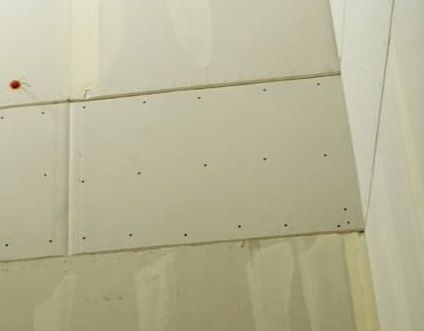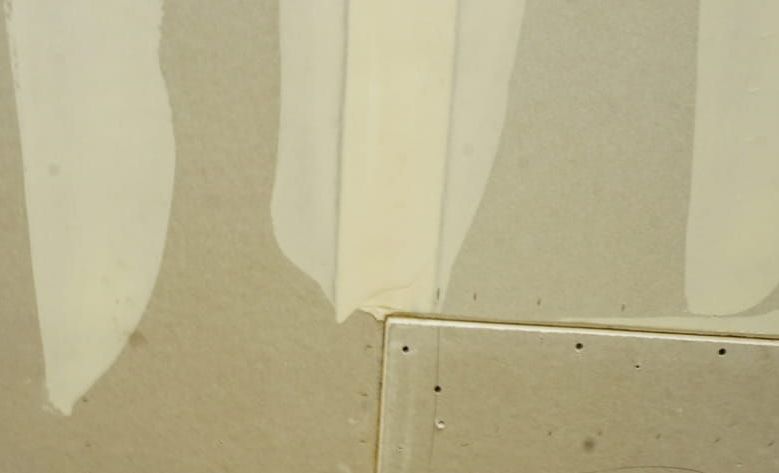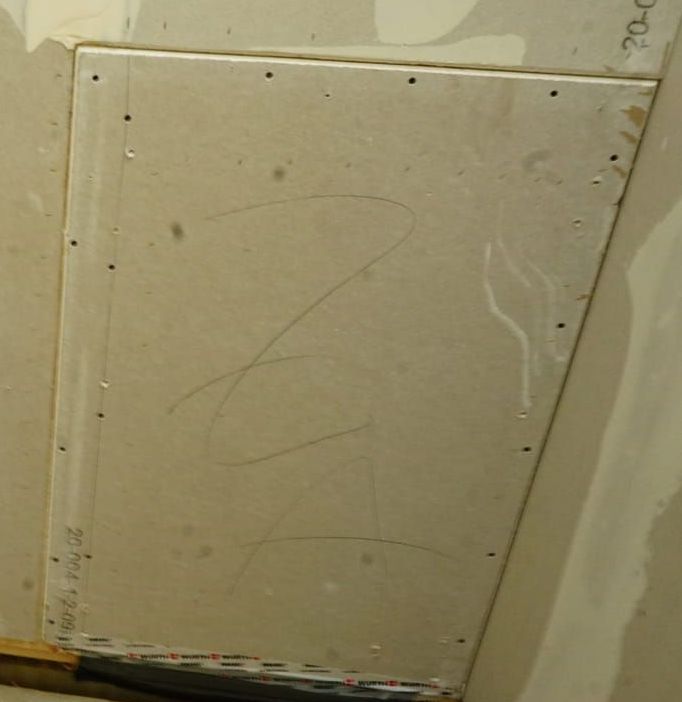Drywall patch
Different Types of Drywall Patches
Drywall damage is a common issue in many homes and businesses, whether it's from accidental impacts, water damage, or normal wear and tear. Repairing these damages efficiently and effectively requires using the right type of drywall patch. In this article, we'll explore the various types of drywall patches, their uses, and how they can help restore your walls to their former glory without bumping up the
drywall repair cost. If you find yourself needing expert assistance, remember, we're just a call away and ready to handle all your
drywall repair needs.


Types of Drywall Patches
1. Spackling Paste Patch
Best For: Small Holes and Cracks (less than 1/2 inch)
Description: Spackling paste is ideal for minor repairs such as nail holes, small dents, and hairline cracks. It's easy to apply and dries quickly, making it perfect for quick touch-ups.
Application:
- Clean the area around the hole or crack.
- Apply a small amount of spackling paste using a putty knife.
- Smooth the paste over the hole, blending it with the surrounding wall.
- Let it dry completely, then sand lightly for a smooth finish.
- Paint over the patched area to match the rest of the wall.
2. Self-Adhesive Mesh Patch
Best For: Medium Holes (1/2 inch to 6 inches)
Description: Self-adhesive mesh patches are designed for slightly larger holes. They provide a strong base for the joint compound, making it easier to achieve a smooth, seamless repair.
Application:
- Clean the area and remove any loose drywall.
- Stick the self-adhesive mesh patch over the hole.
- Apply joint compound over the mesh with a putty knife, spreading it evenly.
- Allow the compound to dry, then sand it smooth.
- Repeat the process if necessary to achieve a seamless finish.
- Prime and paint the area to match the existing wall.
3. Drywall Repair Clips
Best For: Large Holes (over 6 inches)
Description: Drywall repair clips are used to secure a new piece of drywall in place for large hole repairs. They provide a sturdy framework to hold the new drywall section securely.
Application:
- Use a drywall saw to cut a clean, square hole around the damaged area.
- Attach drywall repair clips to the inside edges of the hole.
- Cut a new piece of drywall to fit the hole and attach it to the repair clips.
- Apply joint tape around the edges of the new drywall.
- Cover the tape with joint compound, smoothing it out with a putty knife.
- Let the compound dry, then sand it smooth.
- Apply additional coats of compound as needed, sanding between each coat.
- Prime and paint the repaired area to match the rest of the wall.
4. Pre-Made Drywall Patch Kits
Best For: Various Sizes of Holes
Description: Pre-made drywall patch kits come with everything you need for a range of repairs. They typically include a patch, joint compound, a putty knife, and sandpaper.
Application:
- Follow the instructions provided in the kit for cleaning and preparing the damaged area.
- Apply the patch to the hole according to the kit's directions.
- Use the provided joint compound and putty knife to cover the patch.
- Allow the compound to dry, then sand it smooth.
- Repeat the process if needed to ensure a seamless finish.
- Prime and paint the area to match the surrounding wall.
5. Fiberglass Mesh Tape
Best For: Cracks and Small Holes
Description: Fiberglass mesh tape is used for reinforcing cracks and small holes, providing a durable base for joint compound.
Application:
- Clean the area around the crack or hole.
- Apply fiberglass mesh tape over the damaged area.
- Cover the tape with joint compound, smoothing it out with a putty knife.
- Allow the compound to dry, then sand it smooth.
- Apply additional coats of compound as needed, sanding between each coat.
- Prime and paint the repaired area to blend with the rest of the wall.
6. Paper Joint Tape
Best For: Seams and Corners
Description: Paper joint tape is commonly used for finishing drywall seams and corners. It creates a smooth, even surface when used with joint compound.
Application:
- Apply a thin layer of joint compound to the seam or corner.
- Press the paper joint tape into the compound, smoothing out any bubbles.
- Cover the tape with another layer of joint compound.
- Allow the compound to dry, then sand it smooth.
- Apply additional coats of compound as needed, sanding between each coat.
- Prime and paint the area to match the rest of the wall.
Choosing the Right Patch for the Job
Selecting the appropriate drywall patch depends on the size and type of damage. For small holes and cracks, spackling paste or fiberglass mesh tape is usually sufficient. Medium holes benefit from self-adhesive mesh patches, while large holes require the support of drywall repair clips. Pre-made patch kits offer convenience and are suitable for various sizes of holes. Read further to learn about the technique of how to patch a hole in drywall.
